No, it is not a miraculous exotic species but a wood treated to give it special properties. This is not the first time we have brought up the subject of treating wood to produce materials with special characteristics. Recently you could read about transparent woodand wood treatment by impregnation in autoclave has become commonplace in Romania. More and more people are turning their attention to wood and trying to transform it so that it is as durable as possible and covers as wide an area as possible. Sustainably harvested, wood can be our salvation, helping to reduce carbon emissions and pollution. And treating it to be as resilient as possible means reducing logging or expanding its use to other areas. Kebony is one such treated wood, made from sustainably harvested timber that can last outdoors without surface treatment for over 30 years.
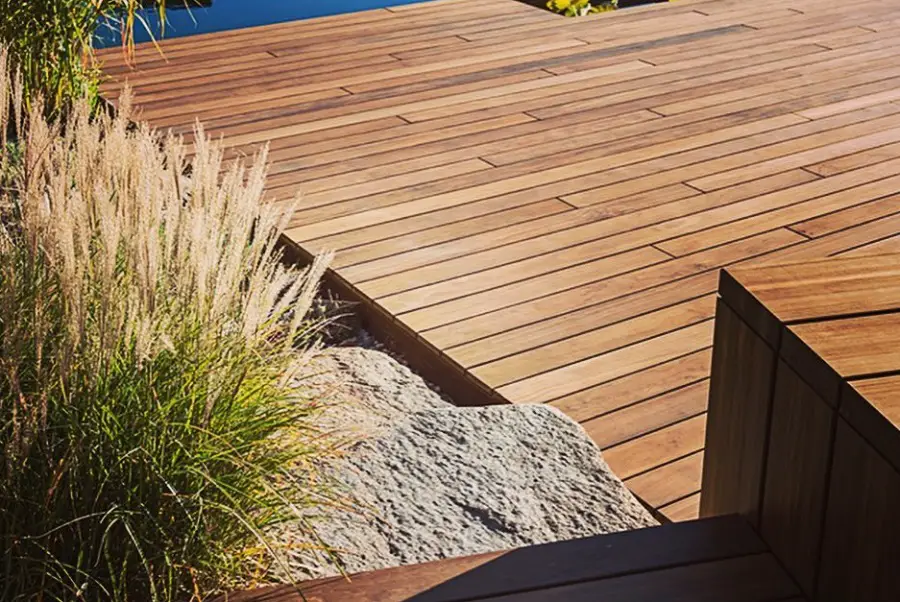
What is Kebony wood
Kebony is obtained and patented in Norway. It is a durable alternative to exotic hardwoods prized for their beauty and outstanding performance. In short, the treatment uses pressure, vacuum and high temperature to impregnate the pine wood with a liquid made from plant debris. This is then polymerised, turning the soft wood into a very hard one. Unlike acetylated wood (Accoya) or heat-treatedKebony uses a plant-based product to improve the qualities of the wood.
During the process, in addition to increasing hardness, stability and resistance to rot, the wood acquires a very pleasant reddish brown colour. Over time, under the action of sun and weather, the colour acquires a natural silver-grey patina, typical of unprotected exterior wood. To preserve the original colour, the wood can be treated with oils with UV protection.
There are two types of Kebony wood, depending on the raw material used. Kebony Clear is made from Pinus Radiata. The appearance is smooth and knot-free, it can be machined without the need for additional protective interventions and has a very high resistance to rot (40 years for wood used for cladding buildings). Kebony Character is obtained from Pinus Silvestris, the surface has knots and a more rustic appearance and is recommended for use without mechanical processing. If the wood is worked on, the area of the grain ends should be protected with a fungus and moisture protection material. Such wood can last up to 30 years without any maintenance apart from the usual cleaning procedures specific to any surface.
How to get
The process of obtaining Kebony wood has three stages:
- immersion in impregnation solution
- impregnation
- impregnant polymerisation
The impregnation solution is furfuryl acid made from vegetable waste. The solution is organic, naturally produced (similar to the production of fuel from such waste) and contains no synthetic chemicals. Using vacuum and pressure, the solution penetrates deep into the wood, impregnating the wood cell wall. The furfuryl acid is then polymerised by temperature, hardening the cell wall and enlarging it with 50%. This makes the wood very stable, no longer dimensionally variable with outside humidity and much harder. Because it is polymerised inside and is one body with the cell wall, there is no danger of the impregnation material escaping or leaking when the temperature is very high or the humidity very low.
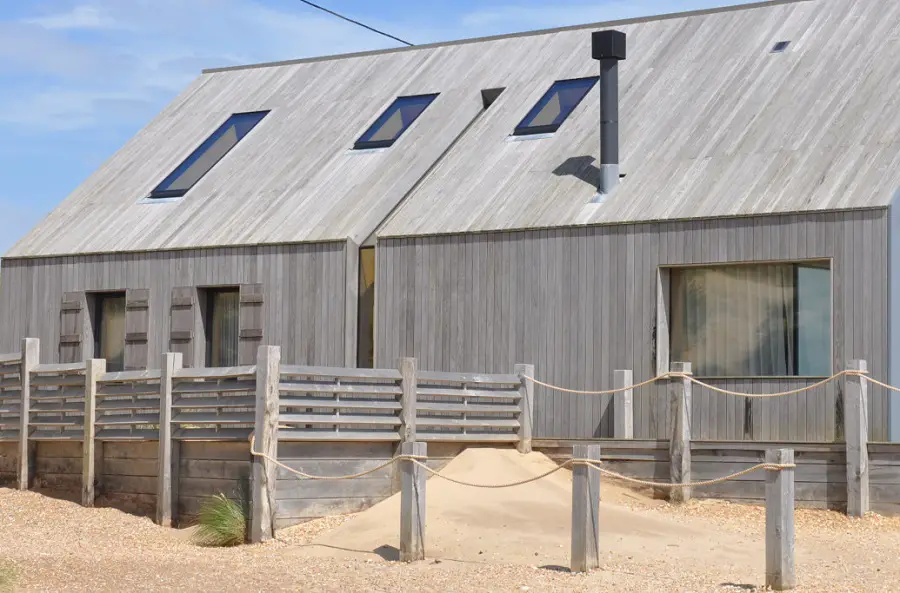
Properties of the new material
The wood obtained is natural, hard, rot-resistant and with a very pleasant colour. Tests have shown that rot resistance is comparable to that of the hardiest outdoor species. It is equivalent to the rot resistance of tec or wood of ipe and larger than a frasin and heat-treated pine, oak or larch wood. It is also resistant to insects, mould, fungi and other wood-destroying micro-organisms.
Wood becomes much tougher and more stable. Kebony moves from hardness a softwood (pine) to that of a hardwood such as oak, cedar or heat-treated ash.
Kebony is non-toxic and environmentally friendly. It can be used for decking and in summer it does not heat up very much under the sun. When burned it behaves like normal wood, it gives off the same substances, without toxic emissions. If it remains after demolition it can be reused, burned or disposed of like any other waste wood.
Where to use
Kebony is an alternative to hard and durable wood, especially exotic wood, for both indoor and outdoor use. Outdoors it can be used for cladding houses or facades, decks or patios, in difficult constructions such as jetties or driveways. It can be used without problems in roof construction, not just the structure but the roof itself.
As it is totally natural, it can also be used indoors for flooring, furniture or interior cladding. Being very hard and strong, it can be used as structural wood. There is no barrier to its use in any interior project. However, its resistance to rotting makes it suitable for exterior projects where it does not need repainting or other operations to prolong its life.

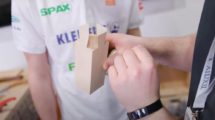




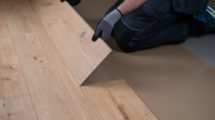











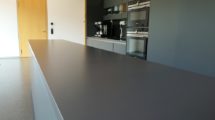







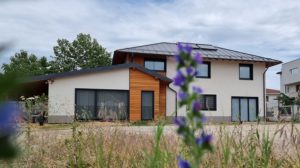


Add comment